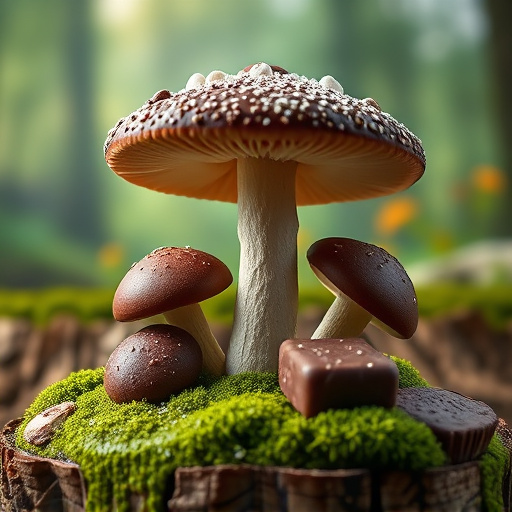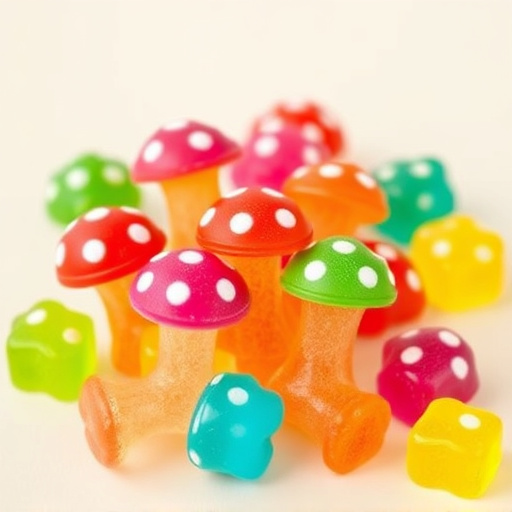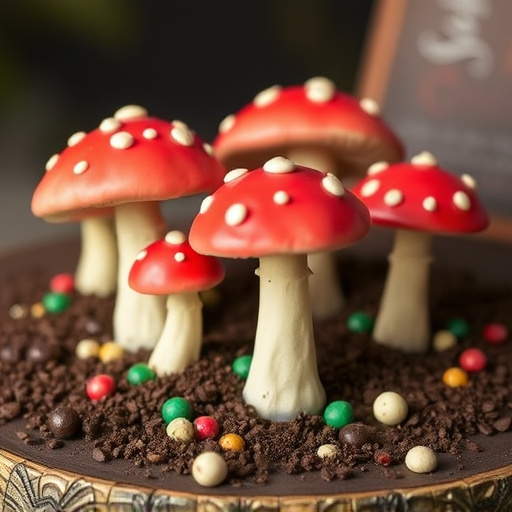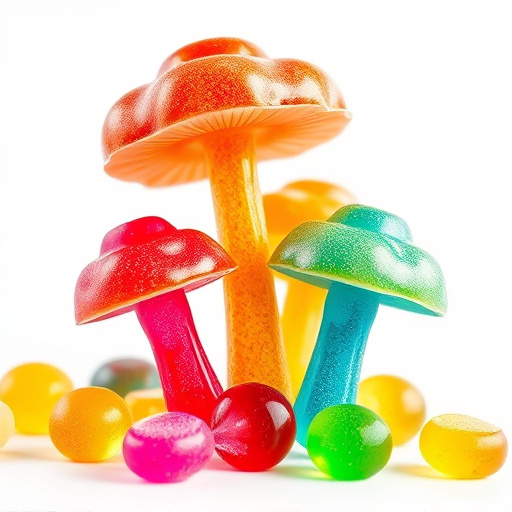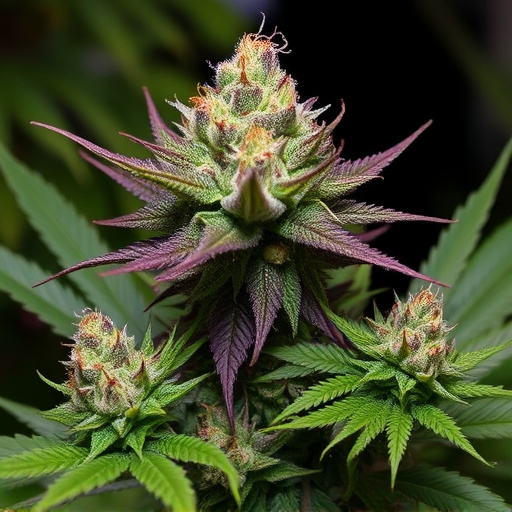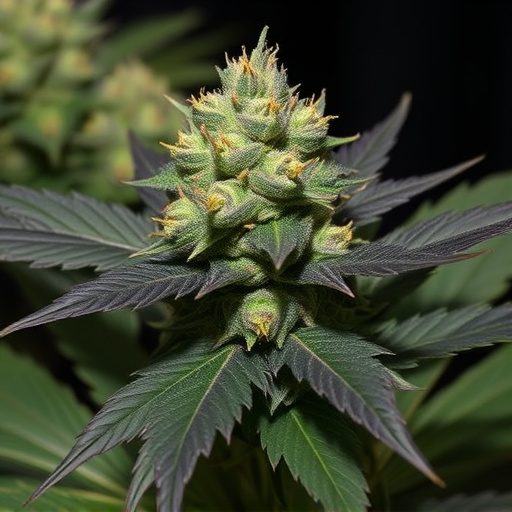Cannabis flower, or marijuana, is the female flowers of the Cannabis sativa plant, rich in cannabinoids like THC and CBD that produce various effects. Hybrid weed strains result from crossing different varieties, offering unique combinations of therapeutic properties and consumer preferences. Growing these hybrids requires precise environmental control to develop potent buds with distinct flavors and benefits.
“Unraveling the mysteries of Cannabis Flower, especially its hybrid variants, offers a fascinating journey into the botanical world. This comprehensive guide aims to demystify the basics, providing insights into the unique biology and diverse characteristics of these plants. From understanding the definition and growing conditions to exploring the art of hybridization, we delve into the key traits that define hybrid weed strains. Discover popular combinations, visual cues, lab testing methods, and the science behind their distinct effects, empowering you with knowledge in the ever-evolving cannabis landscape.”
- What is Cannabis Flower?
- – Definition and basic biology of cannabis plants
- – Key characteristics and growing conditions
What is Cannabis Flower?

Cannabis Flower, often referred to as marijuana or cannabis, is the dried and cured female flowers of the cannabis plant (Cannabis sativa). It’s the most commonly consumed part of the plant due to its high concentration of cannabinoids, including THC (tetrahydrocannabinol) and CBD (cannabidiol), which produce a range of effects on the body and mind. These compounds give cannabis its therapeutic properties and are also responsible for the well-known psychoactive effects associated with hybrid weed strains.
Cannabis Flower comes in various forms, including buds, leaves, and extracts. The plant’s genetic makeup influences the composition of these cannabinoids, resulting in different hybrid weed strains known for their unique characteristics. Each strain offers a distinct combination of potential benefits, such as relaxation, pain relief, stimulation, or sedation, catering to diverse user preferences and needs.
– Definition and basic biology of cannabis plants
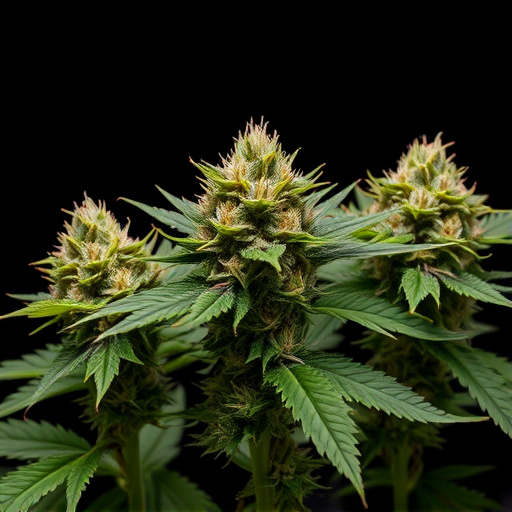
Cannabis plants, scientifically known as Cannabis sativa, are remarkable organisms that have captivated human attention for centuries. These herbaceous plants belong to the Cannabaceae family and are renowned for their diverse compounds, particularly those found in their flowers (also called buds). Cannabis has a unique biology, with distinct male and female plants, each playing a vital role in reproduction. The female plant, responsible for producing flowers, is the primary source of medicinal and recreational compounds.
The diversity within cannabis species is remarkable, largely due to the art of hybridization. Hybrid weed strains result from crossing two different cannabis varieties, combining their unique traits and genetic material. This process allows for an extensive range of cannabinoid profiles, terpene compositions, and potential therapeutic effects. These hybrids have contributed significantly to the modern cannabis industry, offering consumers a vast array of options tailored to specific preferences and needs.
– Key characteristics and growing conditions
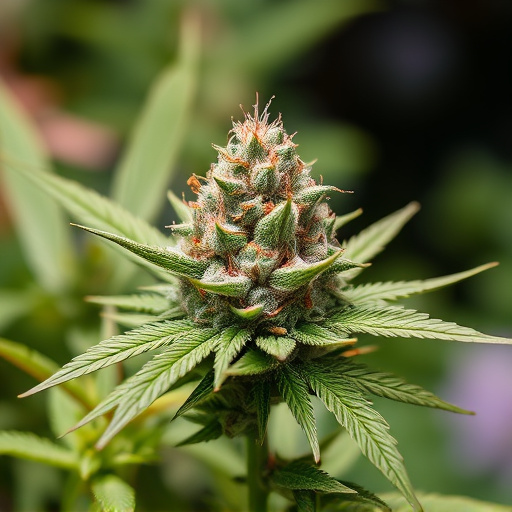
Cannabis flowers, often referred to as buds or “budding,” are the reproductive structures of the cannabis plant and the primary source of its iconic aroma and potent effects. They develop at the top of female cannabis plants after a period of optimal growing conditions. Key characteristics include dense, sticky buds covered in resinous glands known as trichomes. These trichomes house various cannabinoids and terpenes responsible for the plant’s unique flavors and therapeutic properties.
Growing hybrid weed strains involves creating specific environmental conditions to encourage bud development. Cannabis plants thrive in well-lit, controlled environments with adequate humidity and nutrient-rich soil. Consistent temperatures between 70-85°F (21-29°C) during vegetative growth and slightly cooler temperatures at around 60-75°F (15-24°C) during flowering promote robust bud production. Proper timing of light cycles, typically 18 hours of light followed by 6 hours of darkness, triggers the plant’s natural flowering process, leading to the formation of potent hybrid weed strains’ buds.
Cannabis flower, with its diverse hybrid weed strains, offers a complex world for both scientific study and personal interest. By understanding the basic biology and key characteristics of cannabis plants, growers can optimize conditions to cultivate the specific hybrid strains that appeal to them most. This knowledge empowers folks to explore the unique properties and experiences offered by this versatile plant in a responsible and informed manner.


